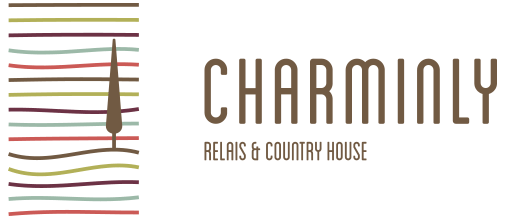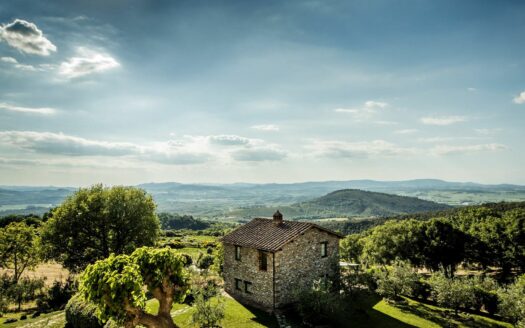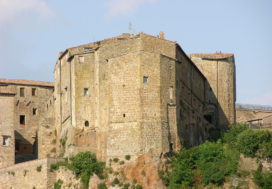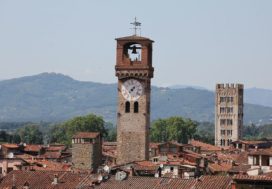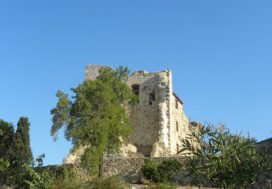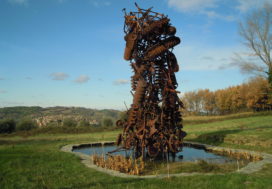During your stay in Pieve Marsina, and in Ripostena, situated in Argenina, in Gaiole in Chianti, in the district of Siena, in Tuscany, you can discover the medieval villages of Chianti, in Tuscany.
GAIOLE IN CHIANTI
Gaiole in Chianti is a small medieval village, in the past had great importance for trade between near villages and, in fact, served as a real market for the exchange of goods. In the village we can visit the Church of San Sigismondo and Villa Vistarenni. The town of Gaiole has various fractions rich in castles and historic buildings.
CASTELLO DI BROLIO
Built around the year 1000, the castle was later modified in the Renaissance, as evidenced by the structure of the walls. Remarkable is the great Italian garden built in the sixteenth century.
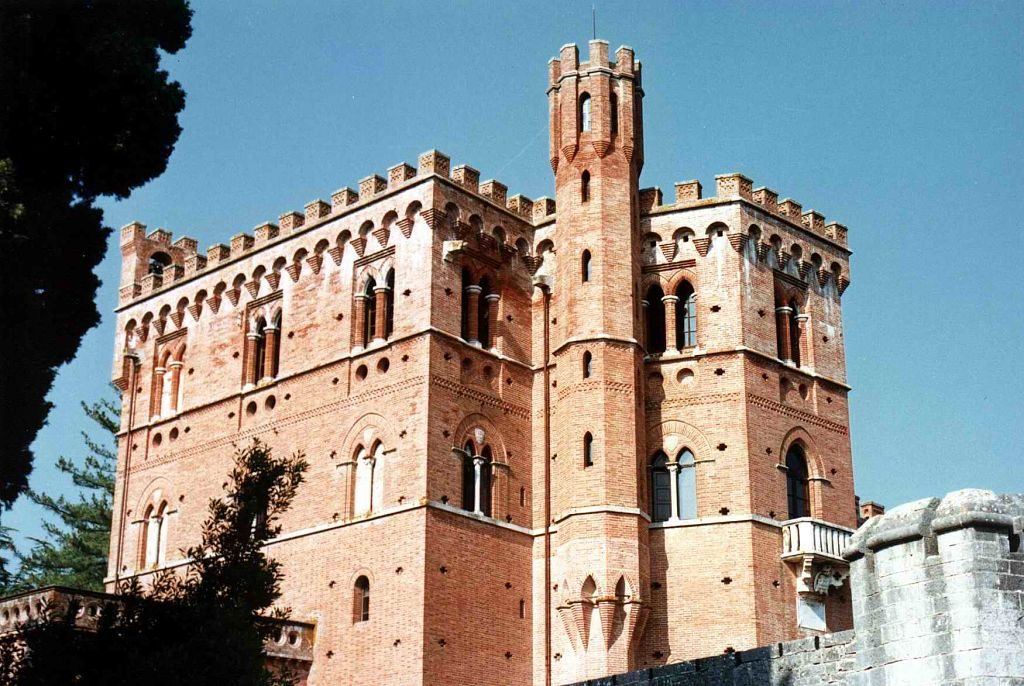
Castello di Brolio
MELETO
This little feud dates back to the eleventh century and its castle was disputed for a long time between Florence and Siena during the war. Its military structure didn’t suffer severe damages and even today we can admire the medieval main tower and a tower with circular base built in the sixteenth century.
BADIA A COLTIBUONO
The Abbey of Coltibuono was dedicated to San Lorenzo, built in 1049. It’s formed by the chapel dedicated to the saint, the monastery, and a beautiful surrounding garden.
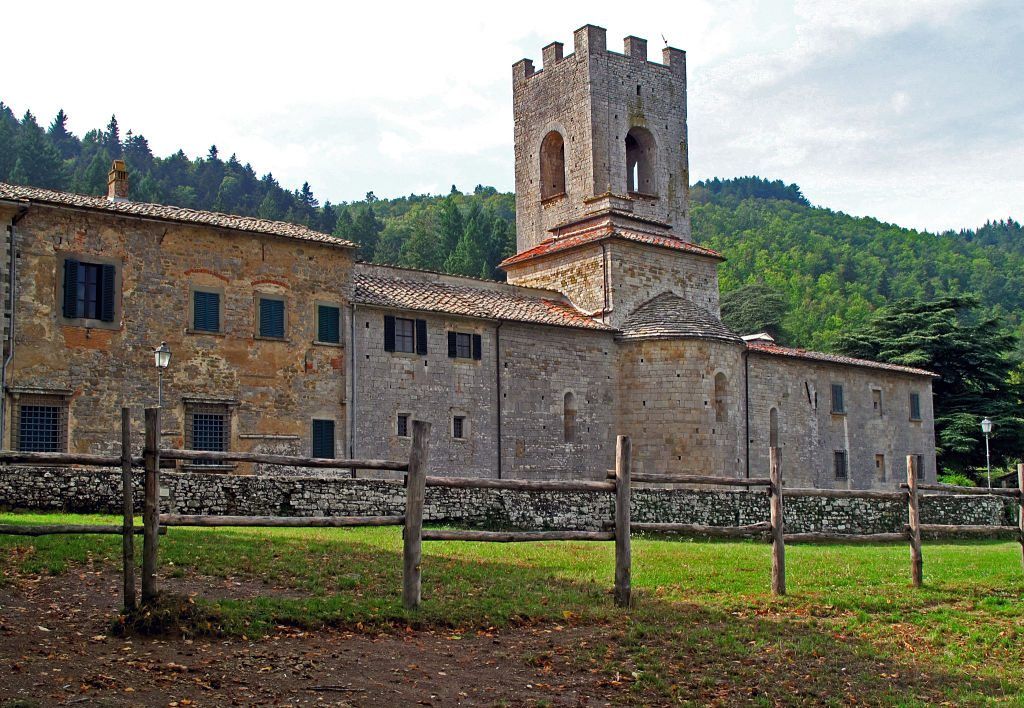
Abbey of Coltibuono photo mapio
BARBISCHIO
The Castle of Barbischio today is made only of the tower and the ruins. But everything has been recovered and is still habitable. There’s the suggestive Molino Barbisco right at the foot of the ancient castle, which gives the place a unique atmosphere.
VERTINE
Vertine is completely surrounded by medieval walls and walking through its streets takes us back in time. In the village there’s the tower of the Cassero, the imposing building with the rectangular structure, overlooking houses and buildings, recalling its former defensive function.
SIENA
Siena offers countless attractions, and is one of the best preserved town with different historical traditions and secular buildings. The Cathedral of Siena was built in the Gothic style and is characterized by its typical white facade in a finely decorated marble.
Piazza del Campo is another symbol of Siena, with the shell shape and the sloping floor. It’s the stage of the Palio of the Assumption in August.
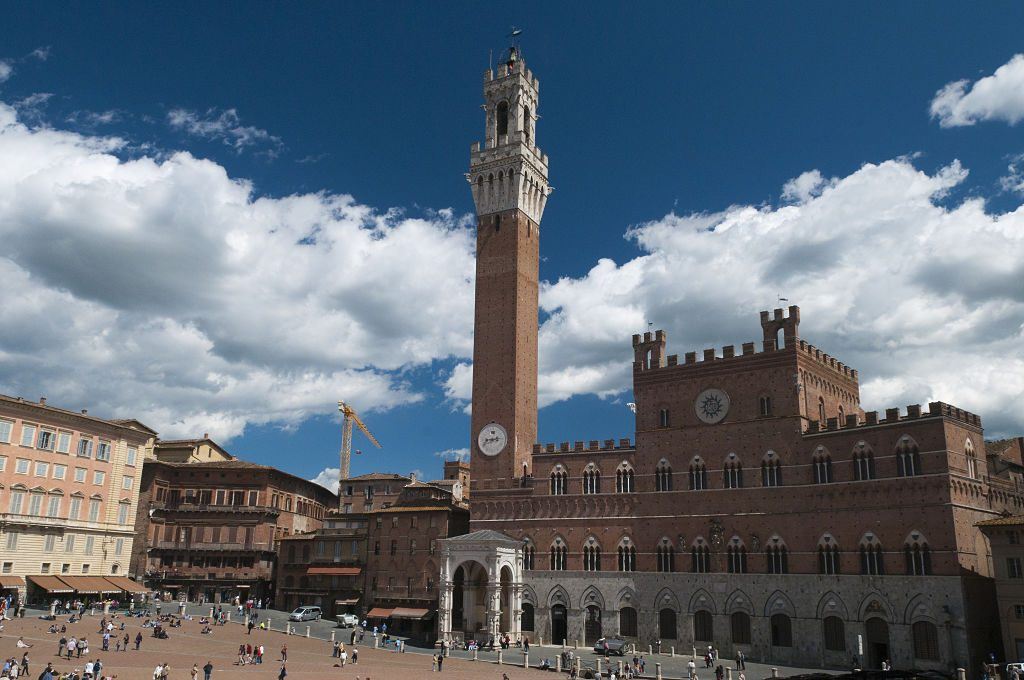
Piazza del Campo, Siena
The Baptistery of San Giovanni, holds the baptismal font, sculpted in marble and bronze, with a clear Renaissance style dating back to the 400, while the walls and the ceiling are beautifully painted.
The Torre del Mangia is adjacent to the town hall and overlooks Piazza del Campo. Its name is due to a historic bell ringer assigned to the tower. Mangia bell rings only during the Palio of Siena, on April 25 and May 1 of each year.
MONTERIGGIONI
Monteriggioni is a village that retains its medieval characteristics. It is surrounded by the original walls dating back to the thirteenth century. In town we can visit several historic buildings including the church of Santa Maria in Castello, dating back to the late Middle Ages, and the Baptistery of San Giovanni right next to it.


